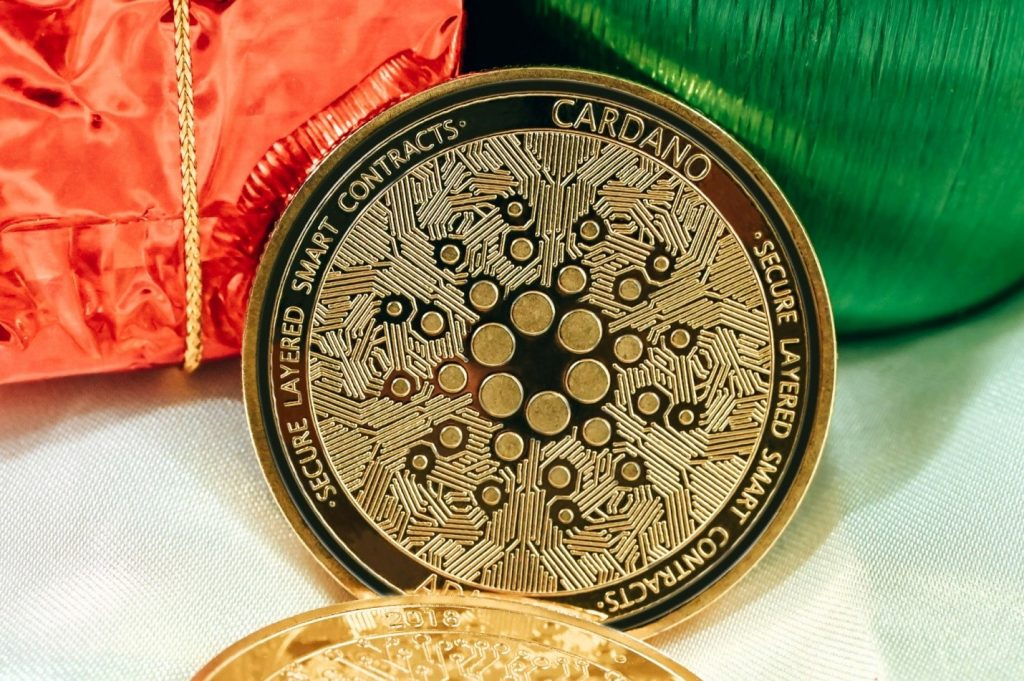When it comes to trading or investing in Cardano, understanding how to read an ADA chart is essential. A price chart is more than just a line going up and down — it tells a story of market sentiment, historical patterns, and potential future moves. Whether you’re a beginner or a more advanced trader, learning how to read the Cardano price graph can help you make smarter, more informed decisions
At its simplest, a price chart shows how the value of Cardano has changed over time. The most common format is the candlestick chart, which shows the opening, closing, high, and low prices for a specific time frame — whether it’s one minute, one hour, one day, or one month. These candles create patterns that traders use to predict future price movement
When you look at a Cardano price graph, you’re seeing the emotions of the market in real time. A long green candle often shows strong buying pressure, while a long red candle might signal aggressive selling. If several green candles form in a row, that’s considered a bullish trend. If red candles dominate, it suggests a bearish phase. These patterns give traders early signs of potential reversals or continuations
Support and resistance levels are also key concepts in Cardano technical analysis. Support is a price level where buyers tend to enter the market and push the price up. Resistance is where sellers come in and push the price down. By identifying these levels on the chart, you can better understand where the price might pause, reverse, or break through. If Cardano repeatedly bounces off a certain price without falling further, that level becomes a strong support zone. Conversely, if it fails to rise above a certain price, that becomes resistance
Moving averages are another useful tool on the ADA chart. These are lines that smooth out price data over time and show you the overall direction of the trend. A common example is the 50-day moving average. If the current price of Cardano is above this line, it may signal an uptrend. If it falls below, that can indicate a downtrend or a loss of momentum. Many traders also look for crossover points between short-term and long-term moving averages to predict potential breakout moments
Volume is another factor to consider when looking at the Cardano price graph. Volume shows how many ADA tokens are being traded during a specific time frame. High volume during a price increase suggests strong interest and confirms the trend. Low volume during a price movement might mean it’s weak or unreliable. Volume spikes often precede big moves, whether up or down
Chart patterns can also help in making predictions. Common patterns like head and shoulders, triangles, or flags can give early indications of price breakouts or trend reversals. For example, an ascending triangle pattern often leads to a bullish breakout, while a descending triangle may signal a bearish one. Recognizing these formations takes practice, but they are widely used in Cardano technical analysis
The beauty of technical charts is that they can be used alongside news and fundamental analysis. By combining both, you get a fuller picture of Cardano’s price behavior. Even if you’re not an active trader, reading the ADA chart helps you time your entries and exits more effectively
Whether you’re looking at Cardano for short-term trades or long-term investment, the ability to understand and interpret the price chart gives you an edge. You don’t have to become a charting expert overnight, but learning the basics can help you avoid emotional decisions and navigate the volatile crypto market with more confidence
In the end, charts are tools. And like any tool, the more familiar you are with it, the more powerful it becomes. So next time you open a Cardano price graph, don’t just look — read it. There’s a lot it wants to tell you.

